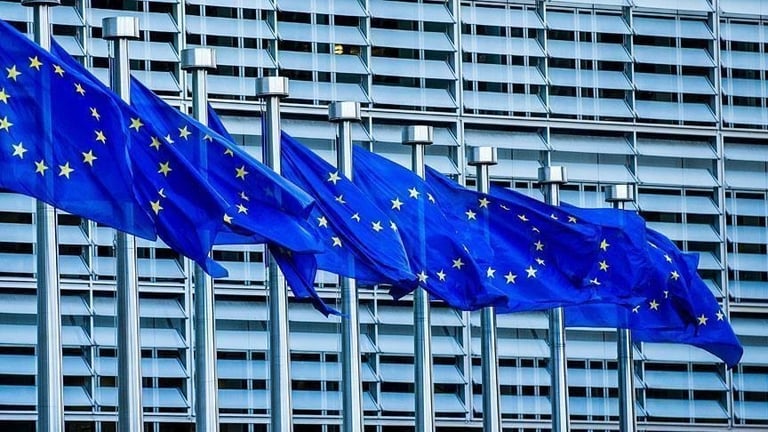Trademark Registration with EUIPO
EUROPEAN UNION
10/22/20243 min read


Trademarks are essential elements that help businesses distinguish their goods and services from those of others. The European Union Intellectual Property Office (EUIPO) is the primary institution that governs trademark registration processes across Europe and provides legal protection throughout this process. This guide will explore the legal framework and practical applications of trademark registration with EUIPO.
The Concept of a Trademark and Distinctive Elements
A trademark is defined under the European Union Trademark Regulation
(EUTMR) as any sign capable of distinguishing the goods or services of one business from those of another. A trademark must be graphically representable and distinctive. These signs may include words, letters, shapes, colors, sounds, or combinations thereof. However, it is crucial that the sign does not directly describe the goods or services in question. For instance, the word "Sweet" would not be considered distinctive for a business selling confectionery products. Once registered, a trademark grants the owner exclusive rights, providing legal protection against potential infringements.
Criteria for Trademark Registration
To register a trademark with EUIPO, certain fundamental criteria must be met. First, the trademark must be distinctive, meaning that it should clearly differentiate itself from existing trademarks in the market. Additionally, the trademark must not be contrary to public order, morality, or be misleading in any way. For example, a trademark that provides incorrect information about the geographical origin of a product or its nature could be rejected. These criteria are explicitly outlined in EUIPO's updated guidelines, and applicants must pay close attention to these rules.
The Application Process
Trademark applications with EUIPO are generally submitted through their online system and consist of several stages. Before applying, the applicant must carefully choose their trademark and correctly classify their goods and services under the Nice Classification, an internationally recognized system dividing goods and services into specific categories. During the application process, the applicant must provide details about the trademark owner, the trademark sign (such as a logo or word), and the appropriate classification of goods or services.
Once the application is submitted, EUIPO examines it in two phases. In the first phase, formalities are checked to ensure that all necessary documents are included and that the application is procedurally correct. Following this, the substantive examination phase assesses whether the trademark is distinctive and compliant with public order requirements.
Publication and Opposition Period
If the application passes the examination phase, the trademark is published in the EUIPO's official bulletin. Following this publication, there is a three-month period during which third parties can oppose the registration. Such opposition may be based on the grounds that the proposed trademark could cause confusion with an existing trademark or infringe on well-known trademarks. EUIPO carefully reviews any objections raised and decides based on the facts of the case. In many instances, the parties involved try to reach a settlement, but if this is not possible, the opposition procedure continues within the EUIPO.
Completing the Registration and Protection Period
Once any opposition is resolved or if no objections are raised, the trademark is officially registered, granting the owner exclusive rights for a period of 10 years. At the end of this period, the owner has the option to renew the registration. This renewal can be done every 10 years, allowing the owner to continue enjoying the protection of their trademark rights indefinitely.
Protecting the Trademark and Legal Remedies
In the event of unauthorized use of a registered trademark, the trademark owner has several legal avenues for recourse. Trademark infringement may result in legal action where the owner can seek an injunction, damages, or request the cessation of the infringing activity. These actions can be initiated either in national courts or through European legal channels under the protection mechanisms offered by the EUIPO’s trademark system. The existence of a registered trademark provides a strong legal defense and helps protect the commercial value of the brand.
Updated Guidelines and Resources
To assist applicants in navigating the registration process, EUIPO regularly publishes updated guidelines and instructions. These guides contain frequently asked questions, practical examples, and information on recent legal developments. Applicants are advised to consult EUIPO’s official website to stay informed about the latest changes and ensure that their applications meet current requirements.
